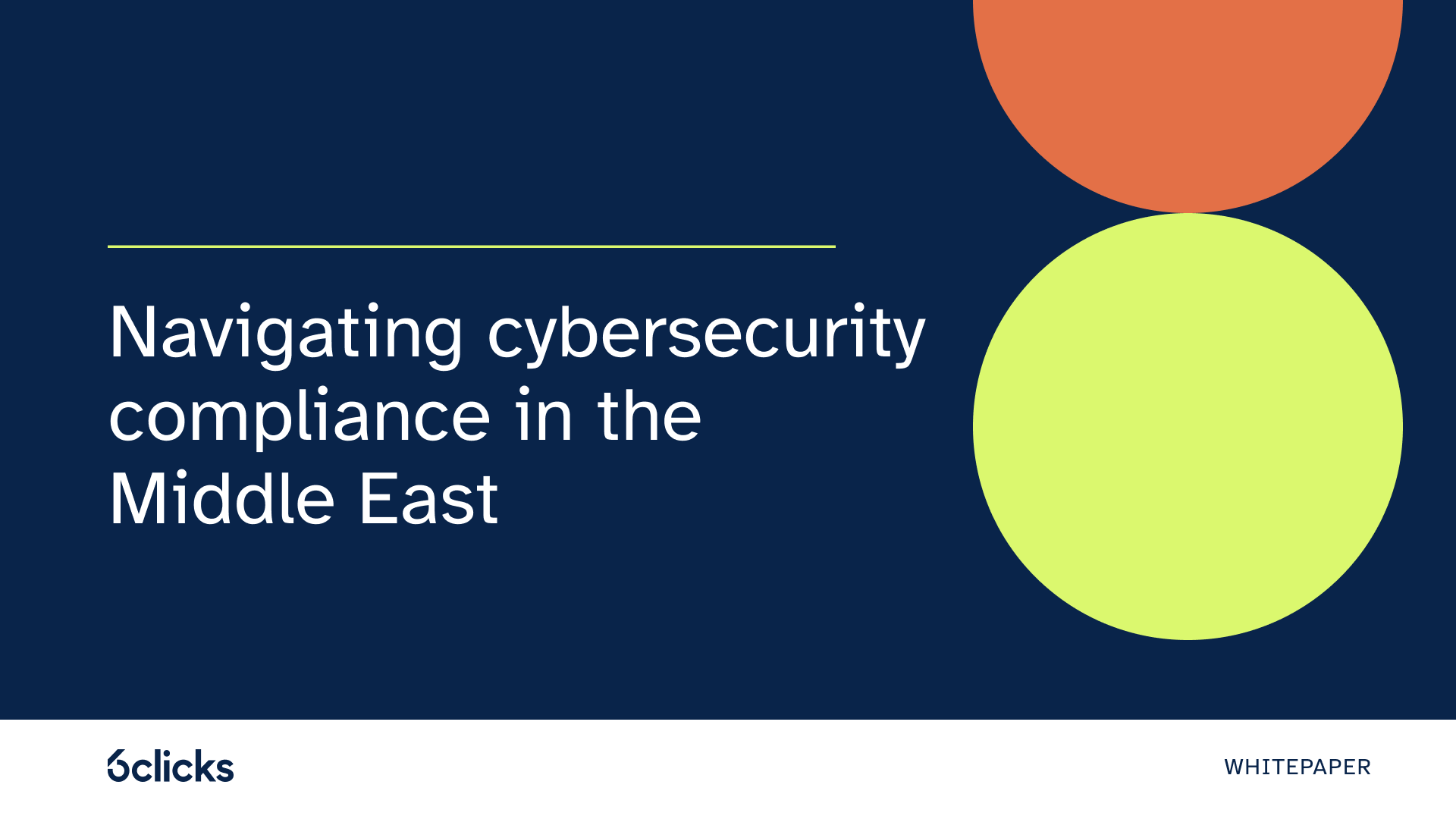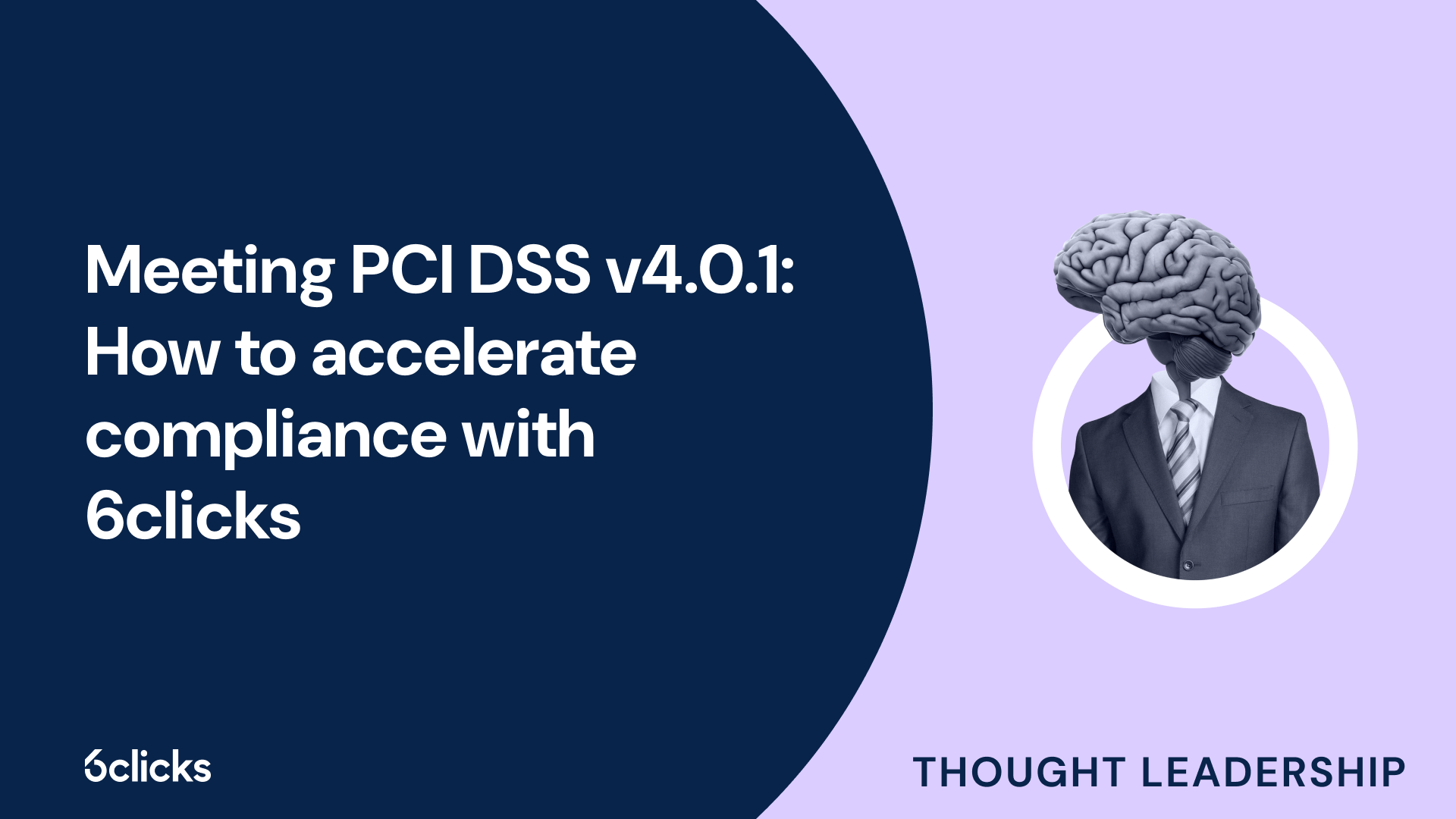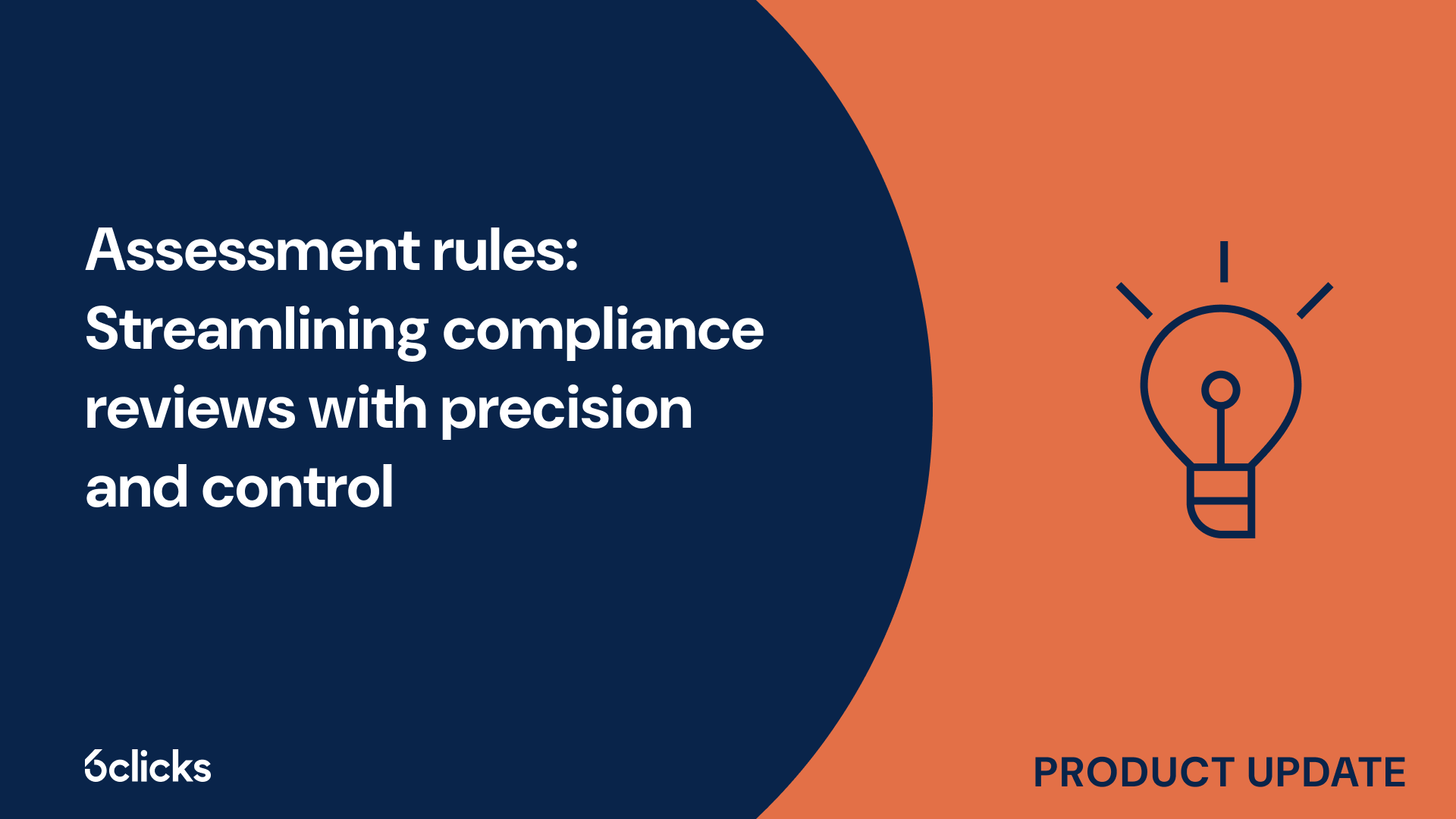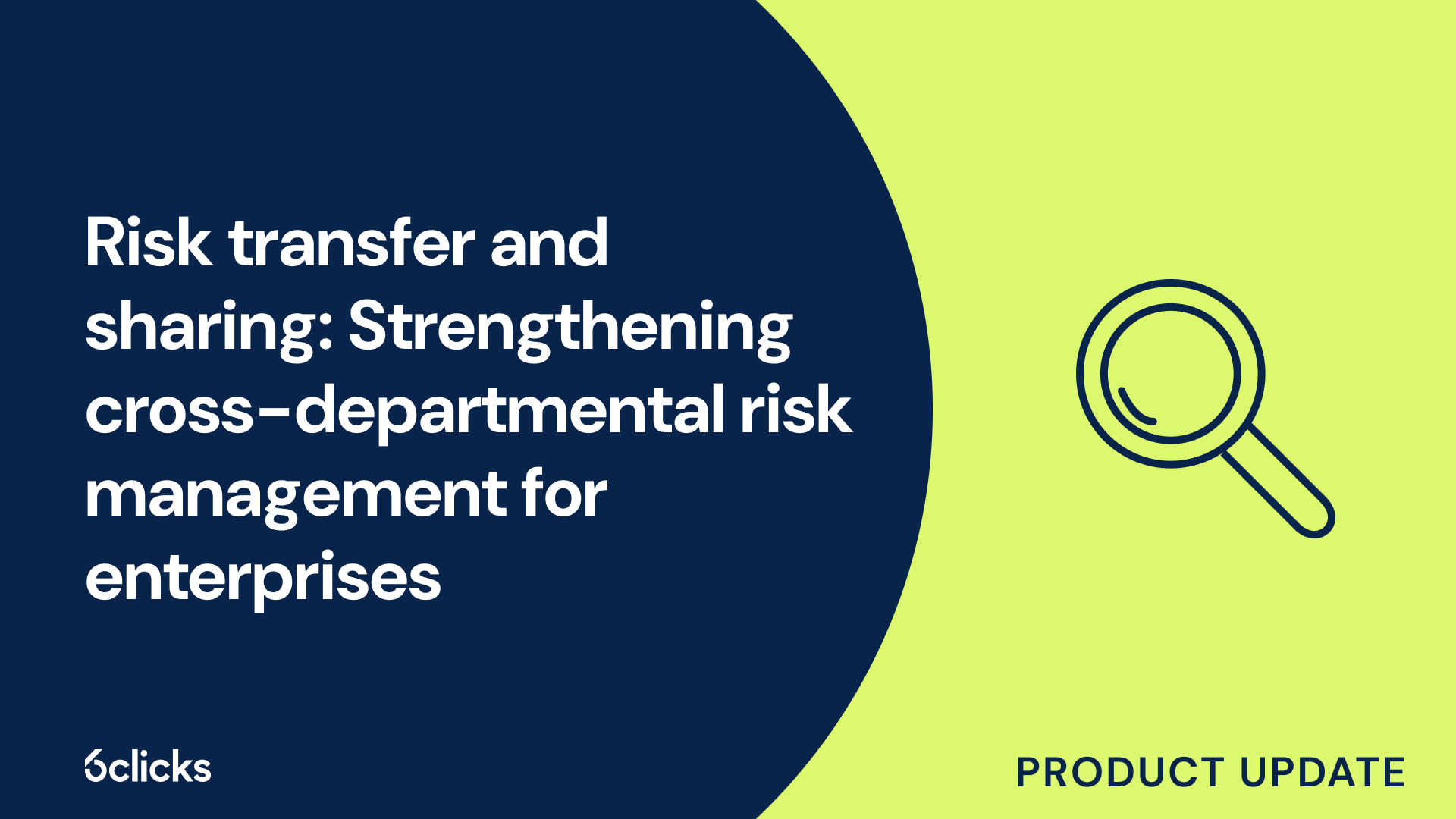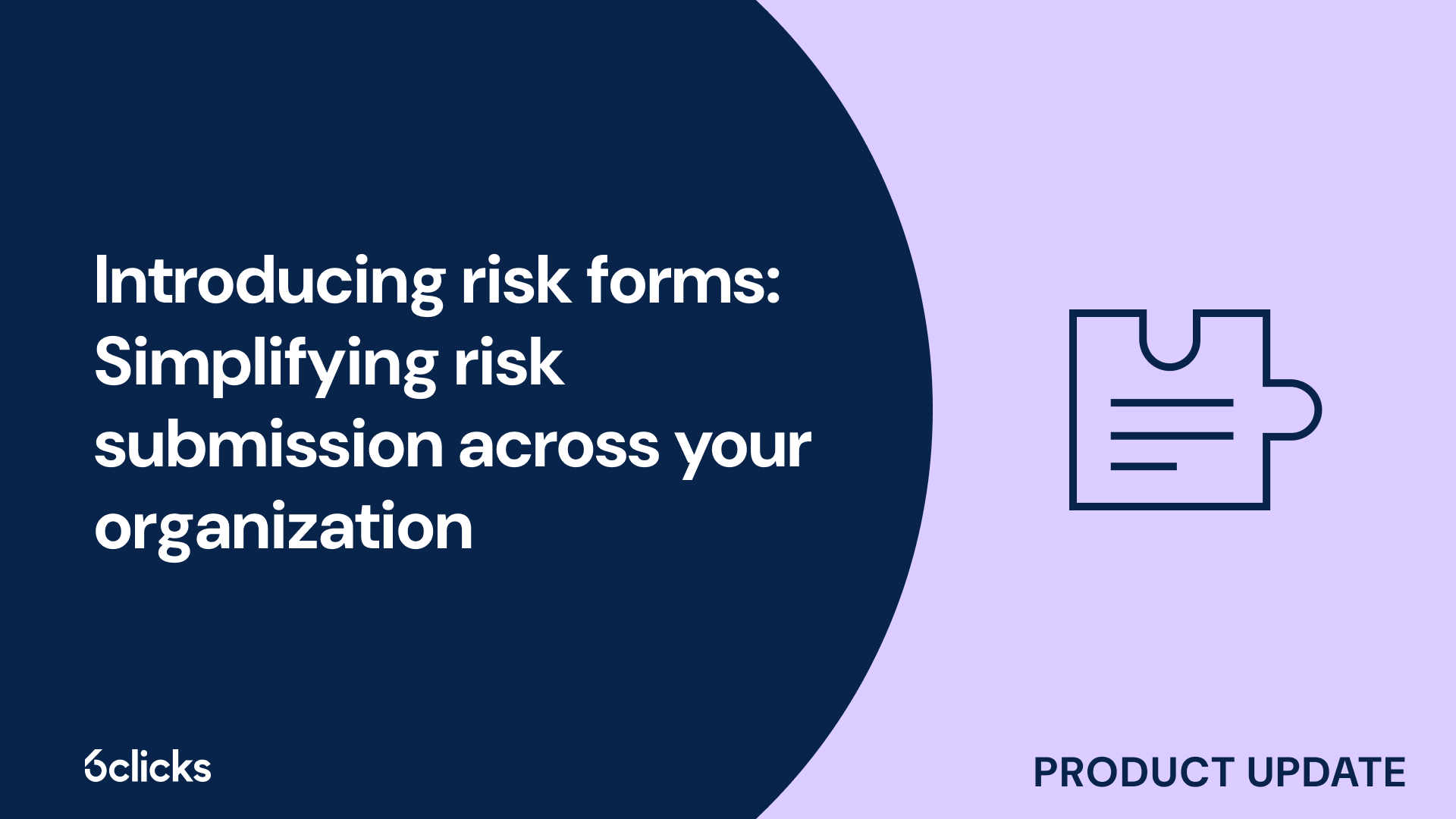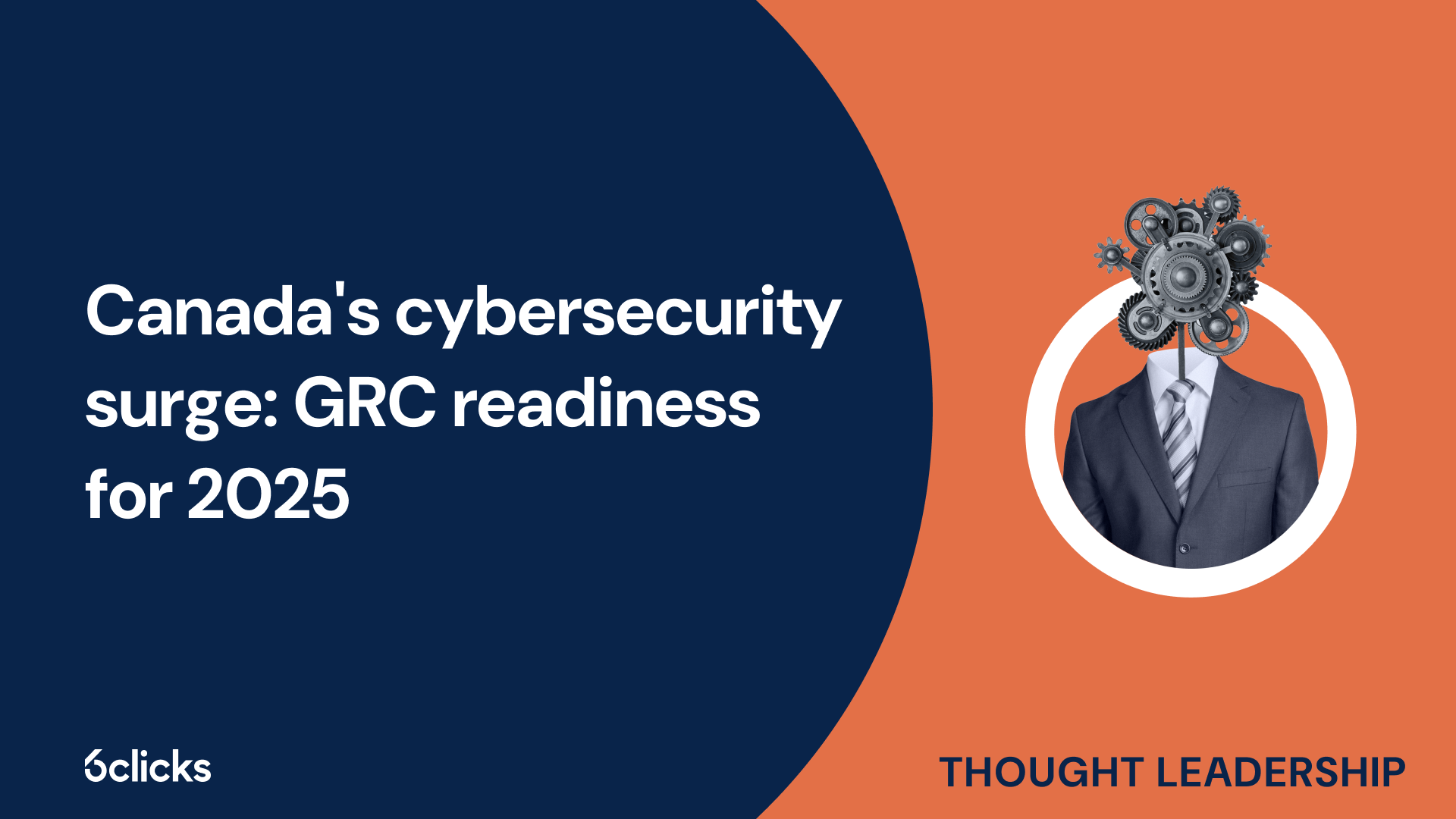The GRC buyer’s guide for 2025: Building resilience with AI-powered, federated solutions
Discover the ultimate GRC buyer's guide for 2025! Uncover how AI-powered, federated solutions transform compliance and security management for industries like government, aerospace, banking, and more. Learn about centralized control, continuous compliance, and advanced cyber GRC capabilities. Download now!
-1.png?width=200&height=249&name=Group%20193%20(1)-1.png)
The GRC buyer’s guide for 2025: Building resilience with AI-powered, federated solutions
What is security compliance?
Security compliance refers to the process of adhering to established regulations, standards, and best practices designed to protect sensitive data, systems, and networks. Organizations implement security compliance measures to ensure they meet legal, regulatory, and contractual obligations, as well as safeguard their operations from potential security threats. It is a critical aspect of modern business, especially in industries dealing with sensitive data, such as finance, healthcare, and technology.
Importance of security compliance
Security compliance is essential for organizations to build trust with their customers, partners, and stakeholders. By demonstrating a commitment to protecting data and maintaining robust security practices, businesses can strengthen their reputation and gain a competitive advantage. Additionally, security compliance helps minimize the risk of data breaches, fines, and legal actions that could arise from non-compliance.
Discover the 6 essential steps to building an effective security compliance program.
Key components of security compliance
1. Regulations and standards: Security compliance is guided by various regulations and frameworks, such as GDPR, HIPAA, PCI DSS, ISO/IEC 27001, and NIST CSF. These frameworks define the rules and requirements organizations must follow to maintain secure environments.
2. Risk assessment: Regular risk assessments help organizations identify potential vulnerabilities and threats to their systems. By understanding these risks, companies can implement appropriate measures to address them and ensure compliance.
3. Policies and procedures: Organizations must establish clear policies and procedures that outline how to manage security risks and maintain compliance. These policies should cover areas like data protection, access control, incident response, and employee training.
4. Monitoring and auditing: Continuous monitoring and regular audits are vital to ensure ongoing compliance with security standards. These processes help identify gaps and provide insights for improvement.
5. Training and awareness: Employees play a crucial role in maintaining security compliance. Providing regular training and promoting awareness about security practices help reduce human errors and improve overall compliance.
Benefits of security compliance
- Enhanced data protection: Compliance frameworks provide guidelines for safeguarding sensitive information from unauthorized access, breaches, and theft.
- Reduced risk of non-compliance: Meeting compliance requirements ensures organizations avoid hefty fines, legal penalties, and operational shutdowns due to non-compliance.
- Improved customer trust: Demonstrating compliance builds confidence among customers, assuring them that their data is secure and managed responsibly.
- Risk mitigation: A robust compliance program helps identify and address vulnerabilities, reducing the likelihood of security incidents.
- Operational efficiency: Standardized security practices streamline processes, minimize redundancies, and enhance overall productivity.
Challenges in achieving security compliance
- Evolving regulations: Keeping up with ever-changing regulatory requirements can be challenging for organizations, especially those operating in multiple jurisdictions
- Complexity of implementation: Implementing compliance measures often requires significant resources, expertise, and time
- Employee resistance: Gaining employee buy-in and adherence to compliance policies can be a hurdle without proper training and communication
- Cyber threats: Emerging threats and sophisticated attacks demand continuous updates and improvements to compliance strategies
In conclusion, security compliance is a fundamental aspect of modern business operations, ensuring that organizations adhere to legal and regulatory requirements while safeguarding their systems and data. By prioritizing compliance, businesses can mitigate risks, enhance trust, and foster sustainable growth in an increasingly interconnected digital landscape. Simplify your security compliance processes with 6clicks. Align with regulatory frameworks, assess risks, implement policies and controls, and verify compliance using our robust compliance, risk management, and audit functionality. Get in touch with us.






